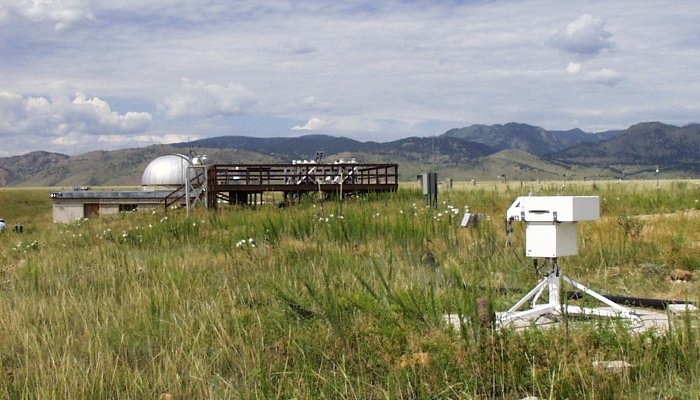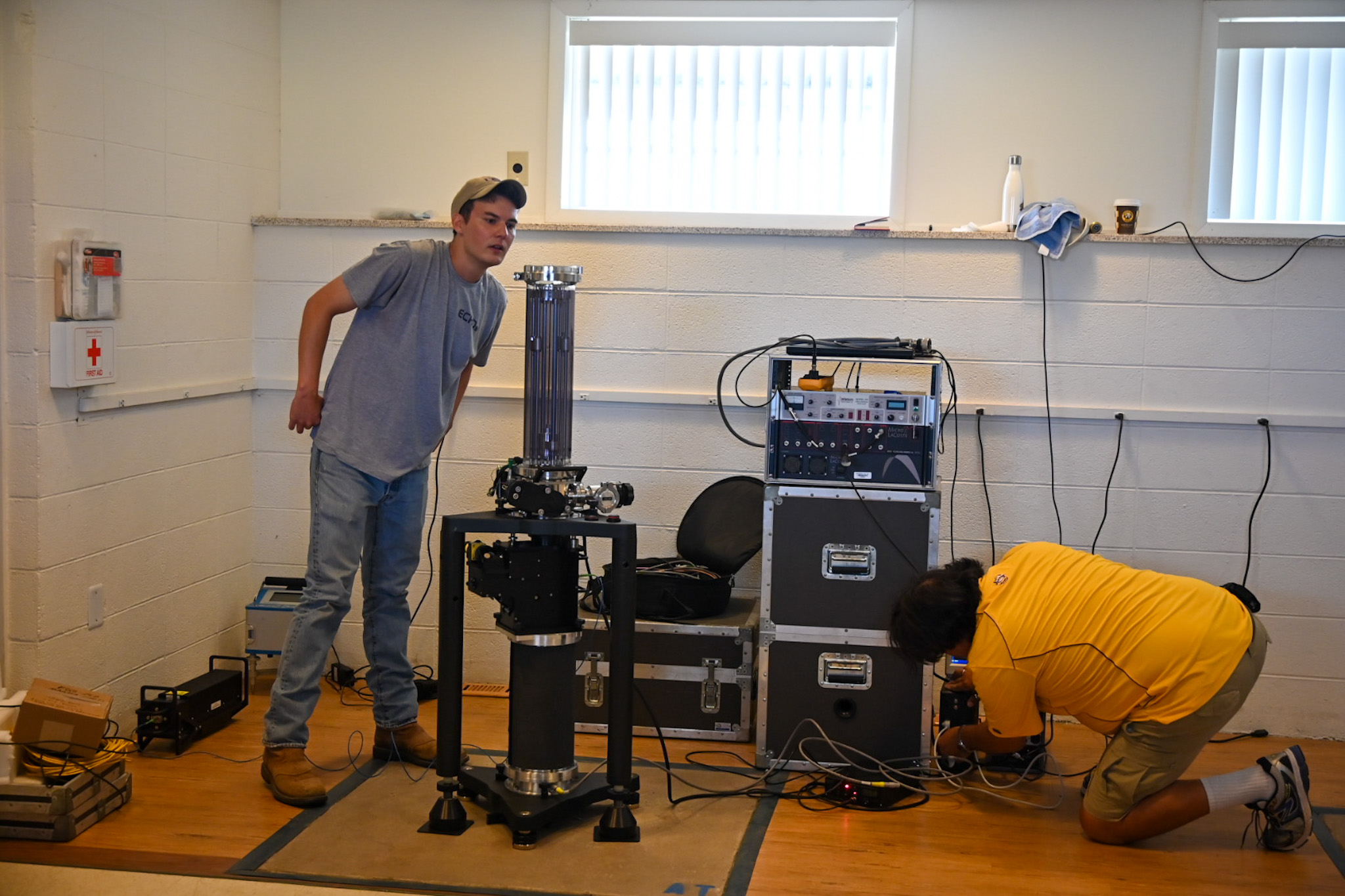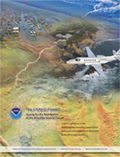International Comparison of Absolute Gravimeters (ICAG)

NOAA's Table Mountain Gravity Observatory near Boulder, Colorado, hosted the International Comparison of Absolute Gravimeters (ICAG) from August to September of 2023. These comparisons, which take place every four years, are certified by the International Bureau of Weights and Measures in Sevres, France. Previous ICAGs took place in Beijing, Luxembourg, and Paris.
Gravity meters measure the acceleration of a falling object near the Earth's surface and read in units known as gals or "g". The nominal value of a g is 9.8 meters per second squared, but these instruments are sensitive to an astonishing few parts per billion. The gravity at Table Mountain is about 9.79622742 meters per second squared. However, there is no place on Earth where the value of gravity is known exactly, and because there is no single, perfect instrument against which one can compare, scientists must periodically get together and compare their instruments directly.
More than 50 participants from 20 countries met in Boulder this summer to operate 38 instruments over six weeks to verify the consistency of the measurements.
This was the first international comparison to be held in North America, and was co-organized with researchers from the National Institute of Standards and Technology. In addition to identifying and correcting any tiny offsets in the output of these instruments, activities also included informal meetings and discussions between the visiting scientists and NOAA staff.
These gravity meters then returned to their home institutes where they are used to improve mapping, predict water flow, redefine the kilogram, study hydrology, and more.




